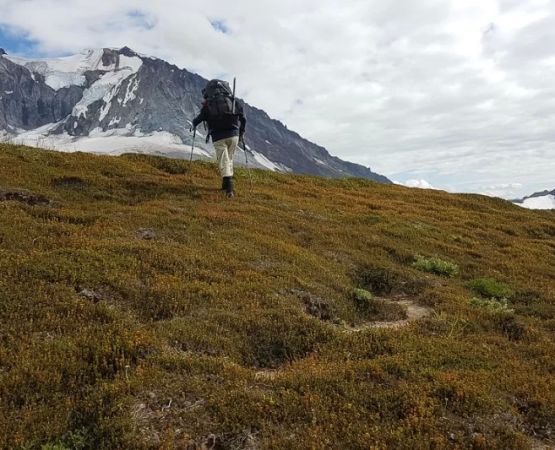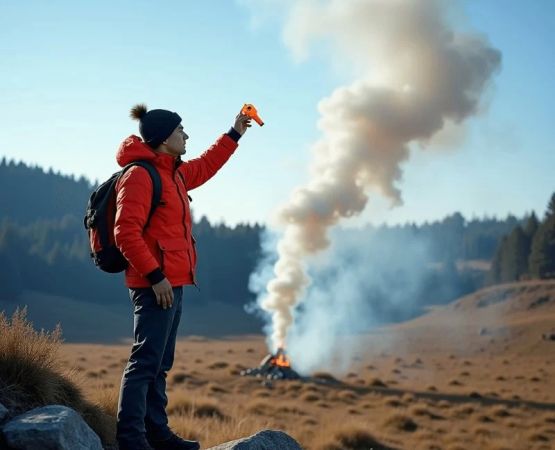- 1-Understanding-Appalachian-Trail-Camping
- 2-Choosing-the-Right-Campsites-on-the-Trail
- 3-Essential-Gear-and-Preparation-for-Trail-Camping
- 4-Safety-and-Environmental-Considerations
- 5-Real-Experiences-and-Local-Resources-for-Campers
1. Understanding Appalachian Trail Camping
Camping along the Appalachian Trail offers a unique blend of adventure, nature, and personal challenge. Stretching over 2,190 miles from Georgia to Maine, the trail traverses diverse landscapes, climates, and elevations. For many hikers, camping is an integral part of the journey, allowing them to immerse fully in the wilderness experience.
Unlike traditional campgrounds, Appalachian Trail camping often involves backcountry sites, shelters, or designated tent areas. The experience requires thoughtful planning and respect for nature’s rhythms. Take the example of Mike, an avid hiker who completed the trail in sections. He shares how camping under the stars, hearing the sounds of the forest, made his journey deeply rewarding yet taught him the importance of preparedness and trail etiquette.
1.1 The Culture of Appalachian Trail Camping
Camping here is more than just resting; it’s about community, self-reliance, and minimal impact living. Trail shelters often serve as social hubs, where hikers share stories and advice. Understanding this culture enhances the overall experience and fosters connections with fellow adventurers.
1.2 Physical and Mental Benefits
Spending nights on the trail helps build endurance and resilience. The solitude and simplicity of camping encourage mindfulness and reflection, aspects many hikers find transformative beyond the physical challenge.
2. Choosing the Right Campsites on the Trail
Selecting an appropriate campsite is critical to comfort, safety, and environmental preservation. The Appalachian Trail offers a range of options from designated tent platforms to rustic shelters.
2.1 Factors to Consider When Picking a Campsite
Look for flat, dry ground away from water sources to reduce environmental impact and avoid flooding. Consider proximity to water for easy access but maintain a safe distance to prevent contamination. Privacy and protection from wind or insects are also important.
2.2 Types of Campsites
Backcountry campsites are often primitive, requiring campers to bring all essentials. Trail shelters provide basic protection but may be crowded during peak seasons. Planning ahead by researching campsite locations helps avoid surprises and enhances rest quality.
2.3 Case Study: Finding the Perfect Campsite
During her thru-hike, Anna found that scouting campsites early in the day helped her secure the best spots. One evening, choosing a shelter near a clear stream not only provided water but also allowed her to connect with other hikers, enriching her journey with shared experiences.
3. Essential Gear and Preparation for Trail Camping
Proper gear is the backbone of a successful camping experience along the Appalachian Trail. Carrying lightweight but durable equipment ensures safety and comfort without overburdening the hiker.
3.1 Key Gear Items
A reliable tent or tarp, sleeping bag rated for expected temperatures, and a quality sleeping pad are essential. Cooking tools, water filtration systems, and layered clothing tailored for variable weather complete the pack.
3.2 Preparing Food and Water
Planning meals that are easy to prepare and nutritious is vital. Dehydrated foods and trail mixes are popular choices. Water sources on the trail require purification, so carrying a filter or chemical treatment is non-negotiable.
3.3 Tips from Experienced Hikers
Mike recommends testing gear on shorter hikes before hitting the trail. He recalls a time his stove malfunctioned, underscoring the value of having backup plans. Preparation reduces stress and increases enjoyment.
4. Safety and Environmental Considerations
Camping responsibly along the Appalachian Trail is about preserving nature and ensuring personal safety.
4.1 Leave No Trace Principles
Minimizing environmental impact by packing out all trash, camping on durable surfaces, and respecting wildlife helps maintain the trail’s beauty for future hikers. Fire safety is paramount; many areas restrict campfires to prevent forest fires.
4.2 Wildlife and Weather Awareness
Encounters with bears and other wildlife require precautionary measures such as using bear canisters for food. Understanding weather patterns and being prepared for sudden changes helps prevent accidents and discomfort.
4.3 Emergency Preparedness
Carrying a first aid kit, knowing the nearest ranger stations, and having a communication plan are essential. Anna shares a story of assisting a fellow hiker with a sprained ankle, highlighting the importance of being prepared and alert.
5. Real Experiences and Local Resources for Campers
Personal stories and community support enrich the camping experience along the Appalachian Trail.
5.1 Stories from the Trail
Many hikers recall the camaraderie formed around campfires, the breathtaking sunrises, and moments of solitude. These stories motivate newcomers and build a shared identity among trail users.
5.2 Utilizing Nearby Resources
For those planning section hikes or resupply stops, Pine Cliff Resort offers gear, supplies, and expert advice tailored to Appalachian Trail campers. This resource can be invaluable for preparing and enhancing your journey.
5.3 Final Thoughts on the Journey
Camping along the Appalachian Trail is an adventure that combines physical challenge, connection with nature, and personal growth. With the right mindset, preparation, and respect for the environment, every camper can create lasting memories and stories worth sharing.






